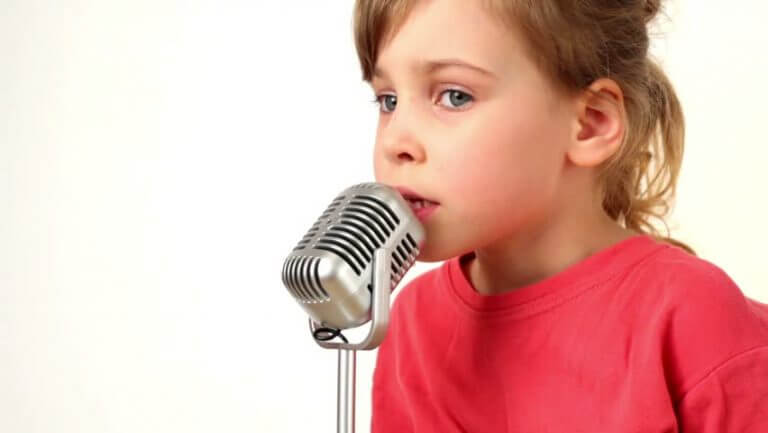If you were to ask your students “How do you think your speech sounded?” – how many of you would get a shoulder shrug and “I don’t know” as a response? Unfortunately, it would probably be quite a few of us! Because we get such a limited amount of time with our students each week, we know there will always be students who forget everything we just did the very second they walk out the speech room.
Keeping that in mind, one of the biggest concepts I try to stress with my students is “ownership, ownership, ownership!” It’s never too early to start building their awareness, even for the littlest learners! Below are some easy, and I mean E-A-S-Y, ideas to start implementing this in your own speech room.
Speech Ladder
Help students take ownership of their progress by talking with them about the production hierarchy. You can explain it to them using a picture of a ladder, with each step representing a different level (isolation, syllables, words, phrases, sentences, reading, conversation, graduation). Display this visual in your room and refer to it often to help your students understand where they are, where they’re going, and what the ultimate goal is (GRADUATION)!
Visual Rating Scale
This is as easy as 1, 2, 3 – literally! After each production, have your students rate themselves on a simple scale. For example, 1=not quite, 2=getting there, 3=great. You can write out the numbers or have your students use their fingers to represent their rating. For words rated less than a 3, have the students practice again.
Card Sorts
I used this idea a lot by placing pictures on two plastic cups, one labeled “sounds great” and one labeled “needs work”. Students would practice a pile of articulation cards and sort them into where they thought each card belonged. Then we would practice the “needs work” cards again. You can also use happy and sad faced emoji symbols to rate their sounds if your students are into that.
Recordings
Record the student practicing words, sentences or reading, and then listen back to the recording together. Have the student use a self-tracking sheet to give themselves a (+) or (–) for each production. Talk about what you’re hearing and whether it is the same or different from what the student is hearing and why.
As your students continue to build their self-awareness skills, remember to keep providing them with meaningful feedback. By stressing the importance of ownership and self-monitoring, I hope that you will start to see more carryover and generalization across settings for many of your students.
Author: Kelly Leis, M.Ed., CCC-SLP



